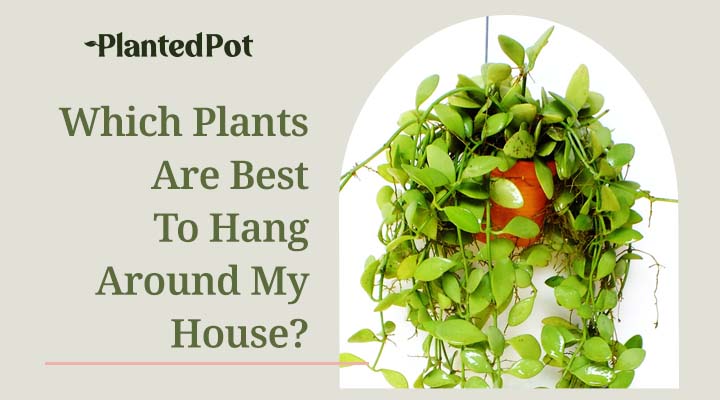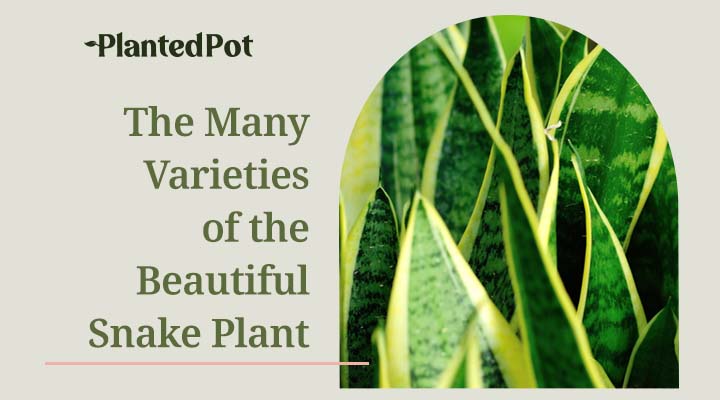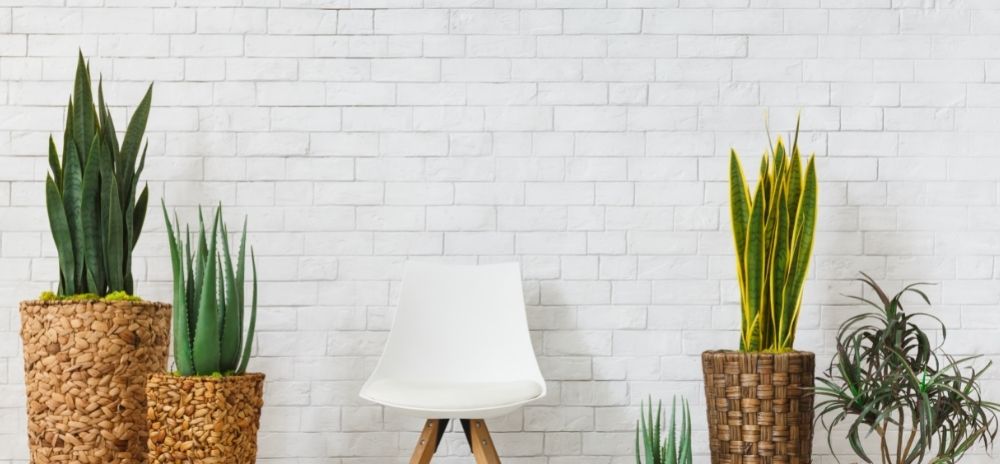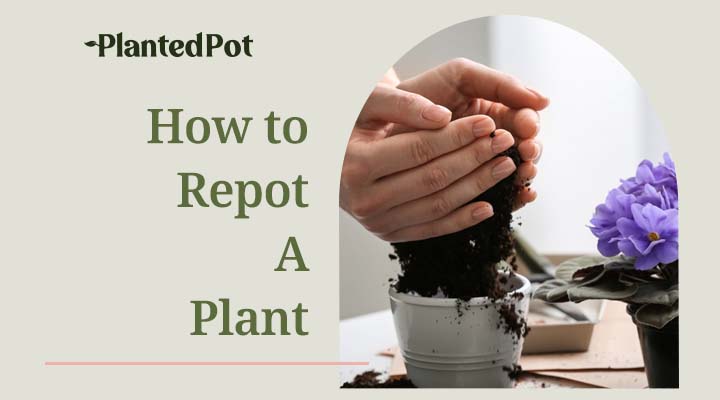
- Snake Plant Varieties: The Big, The Bold, and the Beautiful
- Kyle Chin
- May 6, 2021
- 10:47 pm
- No Comments
Snake Plant Varieties: The Big, The Bold, and the Beautiful

Snake Plant Varieties: The Big, The Bold, and the Beautiful
Snake Plants are some of the most resilient and beautiful houseplants you can buy. These unique tropical house plants are extremely popular with new plant owners because they come in vibrant colors and plant care for this plant is relatively easy. However, did you know that there are over 70 Snake Plant varieties for you to choose from?
Ranging from small to large and featuring a wide array of colors, each Snake Plant variety is wildly unique. Find out why Snake Plants are one of the hottest plants on the market today and all the most popular varieties!
What is a Snake Plant?
Snake Plants are beautiful tropical plants native to Africa, but they can also be found throughout Europe and Asia. Snake Plants used to be classified as Sansevieria plants but have since been reclassified under the Dracaena genus. Many people still refer to Snake Plants as “Sansevierias,” but they are synonymous with Dracaenas.
Related: Dracaena Plant Care [Avoid This Common Mistake!]
Most Snake Plant varieties are characterized by their long, sharp, blade-like leaves that stand upright. The plant gets its name from the wavy patterns on its leaves, resembling snakeskin patterns.
Snake Plants are valued highly in Asian cultures because many believe that the plant can bring health, prosperity, and beauty to the household. Many African cultures also used Snake Plants as traditional medicine and protection against evil spirits.
Snake Plants are known for their hardiness, but they are also famous for their ability to light up any room. Smaller varieties are perfect for your coffee table or countertops, and larger varieties can be great centerpieces for any room!

Are Snake Plants Hard to Care For?
Snake Plants are often known as a “set it and forget it” type of plant and are very easy to grow. Snake Plants are perfect for beginners and those with busy schedules. These stunning tropical plants are incredibly adaptable to all environments and can survive with minimal attention.
Though Snake Plants grow best under bright, indirect sunlight, they can also tolerate full sun or low-light conditions. You also won’t need to worry about forgetting to water them because Snake Plants are drought-resistant and can go months without water. As a slow-growing plant, Snake Plants only need to be repotted once every couple of years.
Related: Snake Plant Care: The Complete DIY Grower's Guide
Are There Different Types of Snake Plants?
Yes, there are around 70 different varieties of Snake Plants! They come in all different sizes, shapes, and colors. Some types are as small as 6 inches, while others can reach up to 12 feet tall!
Snake Plant Varieties
There are plenty of beautiful and decorative Snake Plant varieties out there, and you might even find a rare one that not many know about! Here are some of the most popular ones mixed in with some of our favorite Snake Plant varieties!
Mother-In-Law’s Tongue
The most common and widely-owned variety, the Mother-In-Law’s Tongue (Dracaena/Sansevieria trifasciata), sets the standard for all Snake Plants. There are many different cultivars within this variety, with some having curled fronds while others have wavy leaves. The Mother-In-Law’s Tongue is known as a dwarf variety and comes in a few different colors.
Some of the most popular types of the trifasciata are:
- “Twisted Sister” – Each long leaf of this Snake Plant grows upwards in a twisted fashion. This variety can often grow to about 2 feet tall, making it great to place anywhere in the house.
- “Bird’s Nest” – Also known as “Hahnii,” the Bird’s Nest Snake Plant usually has wider, dark green leaves and grows to only about 10-12 inches tall. The large leaves growing from a central rosette looks similar to a bird’s nest in the wild.
- “Laurentii” – The Laurentii cultivar or variegated Snake Plant is one of the tallest varieties. Laurentiis usually grow at least 2-4 feet tall and are perfect for placing in corners of rooms where their height won’t get in the way.
- “Golden Hahnii” – The Golden Hahnii is similar to the Bird’s Nest Snake Plant, but it has bright, yellow leaves with a hint of green in the middle. There is a creamy color with an upright appearance, making it perfect for filling up empty or drab room corners.
- “Black Gold” – Black Gold Snake Plants are immediately noticeable by their dark green leaves edged in a bright gold outline. Unlike other Snake Plants, the Black Gold variety prefers bright sunlight but can survive in all light conditions.
African Spear Plant
Also known as the cylindrical Snake Plant, the African Spear Plant (Dracaena/Sansevieria cylindrica) has thin, cylindrical leaves that look like straws or green onion spikes coming out of the dirt. If all the ideal growing conditions are met, a rare central spike with white flowers will grow from the middle of the plant!
The African Spear Plant typically grows up to 4-6 feet tall, but they are very slow-growing. It could take years before they reach full maturity. Most of the time, you can also trim or prune the plant to keep it a manageable size for your home.
Whale/Shark’s Fin Snake Plant
Also known as the Mason’s Congo Snake Plant (Dracaena/Sansevieria masoniana), this variety has some of the largest, broadest leaves of all Snake Plants. Unlike other varieties, the Whale’s Fin prefers to have more light and might not even grow without direct sunlight. This unique variety can be grown indoors but will thrive when placed outside with more sunlight.
The leaves can sometimes reach a whopping 4 feet in diameter. You might only see a few leaves per plant, but this variety is the definition of quality (or size) over quantity!
Blue Sansevieria
Blue Sansevierias (Dracaena/Sansevieria ehrenbergii) have long, skinny, sword-shaped leaves that grow outwards like fans. The leaves often grow in thick clusters and have a slight blue tinge when the plant is younger.
Rather than growing upwards, the Blue Sansevieria grows outwards, with leaves often reaching 5 feet in length. However, since it is slow-growing, you can enjoy it as a small desktop plant for years before it matures.
The Blue Sansevieria has a dwarf variety nicknamed “Banana” due to its curved, banana-shaped leaves. The small, thick leaves have been compared to the shape of a boat and look similar to agave plants. This variety also has a faint bluish-green color with red edges on the leaves.
Bowstring Hemp Snake Plant
The Bowstring Hemp Snake Plant (Dracaena/Sansevieria zeylanica) looks similar to the Mother-In-Law’s Tongue. Though, it is typically more clustered and doesn’t have a yellow outline on its leaves.
The leaves grow upright and can reach heights of 2-3 feet at minimum. This variety is the ideal house or office plant for its prominence and rich green color.

Do Snake Plants Have Benefits?
Owning Snake Plants can have many benefits for your body and mind. Take a look at some of the most critical benefits plants can have!
- Natural air purifier – Indoor Snake Plants can rid the air of toxins and gasses, like formaldehyde, acetone, and benzene. Plants also act as a natural air purifier by recycling the carbon dioxide waste into fresh oxygen for us to breathe. The air quality indoors can sometimes be just as bad as the outdoors, and having plants to help cleanse the air of pollutants can help us focus and clear our heads better.
- Increase focus, reduce stress – One 2015 study researched how the presence of indoor plants can affect people. Many test subjects reported lower stress levels and more focus after tending to the plant for just a few minutes each day. Researchers also found that blood pressure and heart rate were significantly lower in many of the subjects.
- Sense of accomplishment – With the active and restless lifestyles we all live today, many young adults don’t have the time to raise a pet, let alone children. Plants offer the perfect solution to care for something and watch it grow successfully. Snake Plants may be one of the better options for houseplants because they are so easy to grow.
- Brighten up your room – A splash of green here and there can add some flavor and color to any home! Many businesses have started putting plants strategically around the workplace to break up the monotony and clean the air. Passive interaction, like staring or admiring plants, is a big part of reducing stress and anxiety levels.
Are Snake Plants Toxic?
Snake Plants can be slightly toxic to humans and pets and should be kept away from curious mouths. Accidentally ingesting part of the plant can lead to mouth pains, stomach issues, and nausea. Some pets have experienced vomiting and diarrhea after ingesting the plant.
To be safe, keep your Snake Plants away from small children or pets to avoid any risks. As beautiful and plump as the plant looks, it’s not meant to be eaten and isn’t necessarily a pet friendly plant!
Final Thoughts – Snake Plant Varieties
Snake Plants are incredibly trendy in the plant community for their near-indestructibility and ease of care. They can be the perfect starter plant or for anyone that wants to keep their house looking and smelling fresh. With over 70 varieties, there is a Snake Plant out there just for you!
Subscribe To Our Newsletter!
Get Exclusive Discounts & the Latest News Sent to your inbox!



